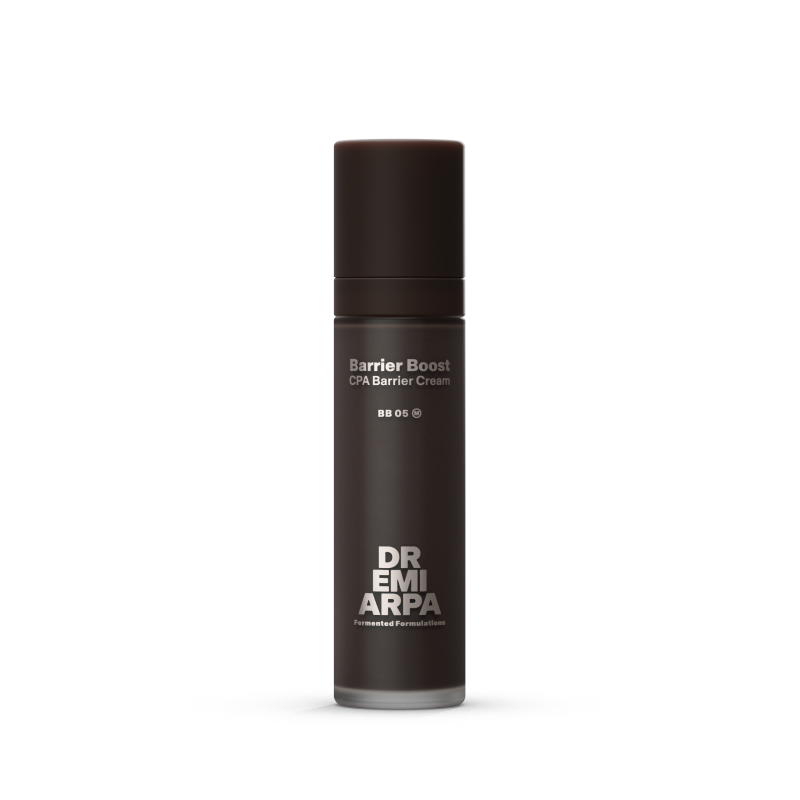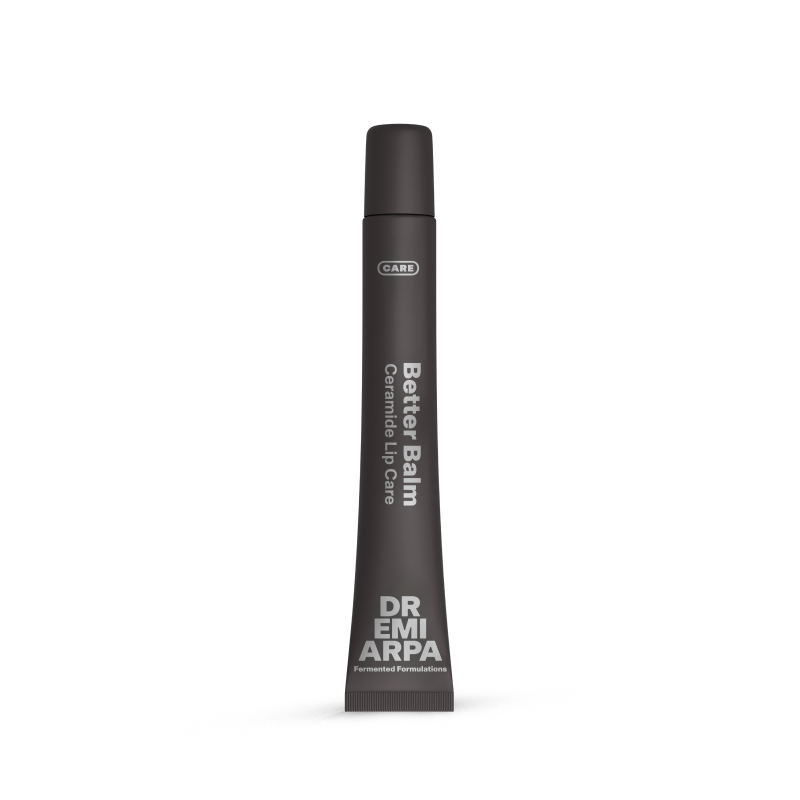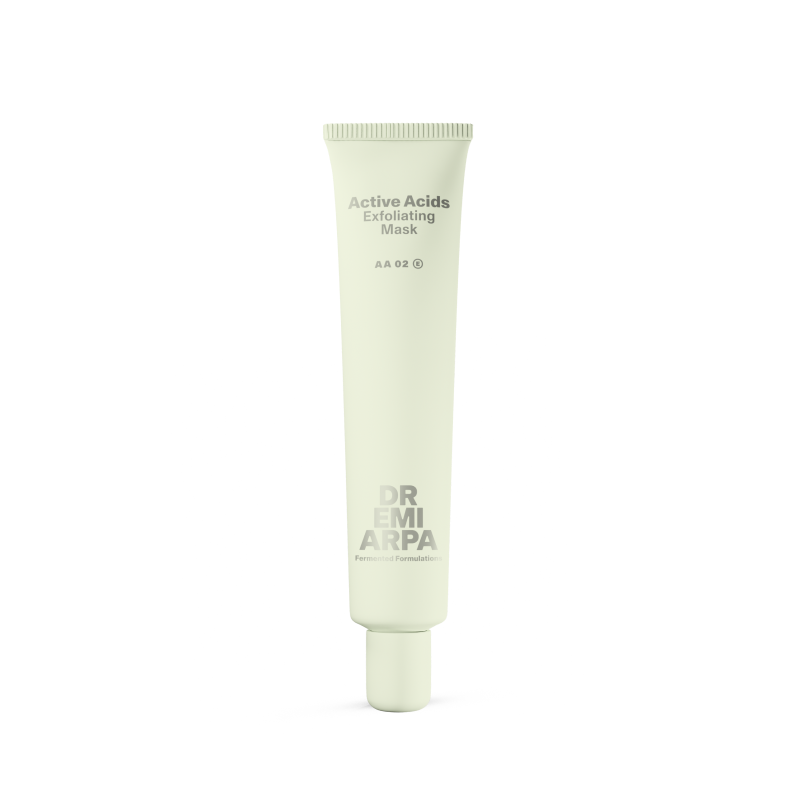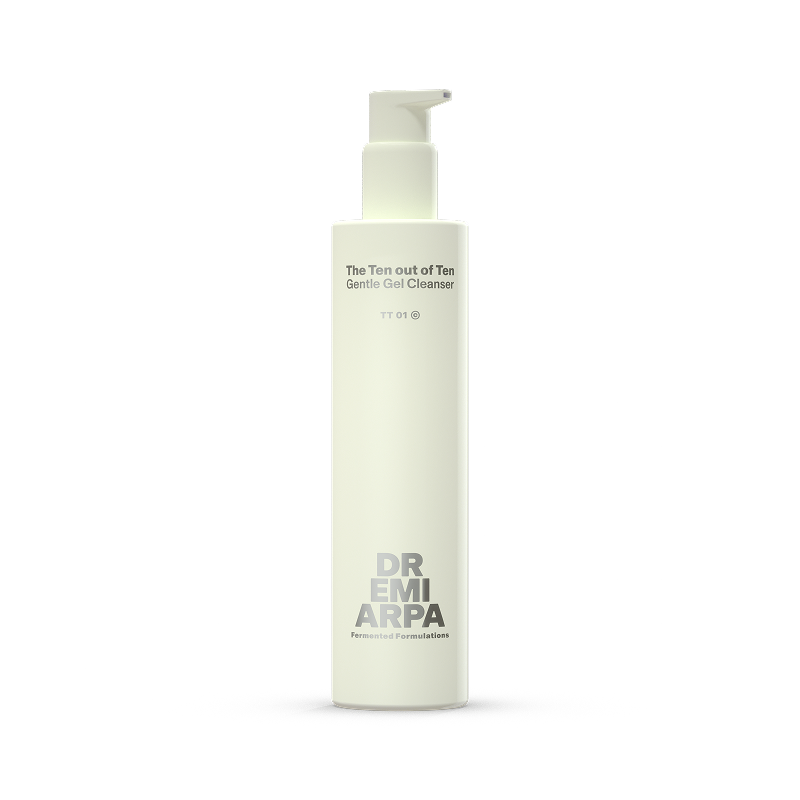LACTIC ACID
Share
Lactic Acid, auch als Milchsäure bekannt, agiert je nach Einsatzkonzentration als natürlicher Feuchthaltefaktor oder als Alpha-Hydroxy-Säure (AHA), welche die Haut sanft peelt und Feuchtigkeit spendet. Milchsäure stimuliert außerdem die Ceramid-Biosynthese und verbessert die Hautbarrierefunktion. Durch die Anregung der Ceramidsynthese wird der Gehalt an Ceramiden in der Haut erhöht, was die Hautbarriere stärkt und die strukturelle Integrität der Haut verbessert.(1-4)
(1) Barel A.O., Paye M., Maibach H.I. (Eds.). (2010). Handbook of Cosmetic Science and Technology (3rd ed.). CRC Press.
(2) Martinez F., Balciunas E., Salgado J., González J., Converti A., Oliveira R. (2013). Lactic acid properties, applications and production: A review. Trends in Food Science and Technology, 30, 70-83.
(3) Smith W. (1996). Epidermal and dermal effects of topical lactic acid. Journal of the American Academy of Dermatology, 35, 3(1), 388-391.
(4) Mijaljica D., Townley JP., Hondros A., Hewson C., Harrison IP., Spada F. (2024). Considering Phytosphingosine-Based Ceramide Formulations for Atopic Skin Care. Dermato., 4(1), 5-22.
(5) Rawlings AV, Davies A, Carlomusto M, Pillai S, Zhang K, Kosturko R, Verdejo P, Feinberg C, Nguyen L, Chandar P. (1996). Effect of lactic acid isomers on keratinocyte ceramide synthesis, stratum corneum lipid levels and stratum corneum barrier function. Arch Dermatol Res., 288(7), 383-390.






